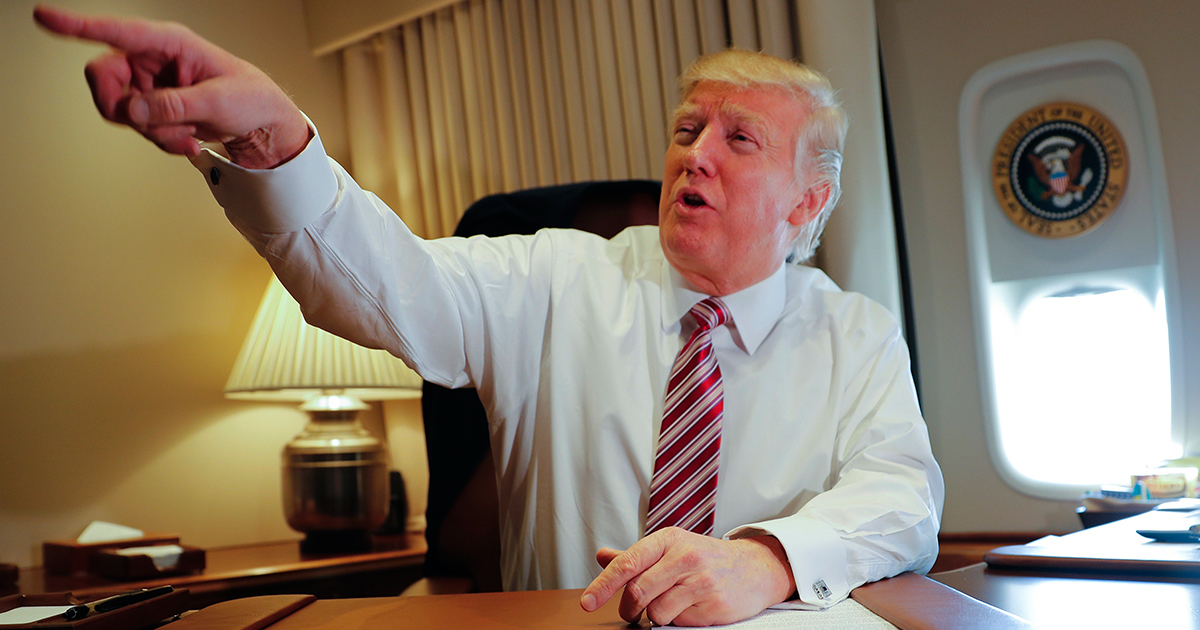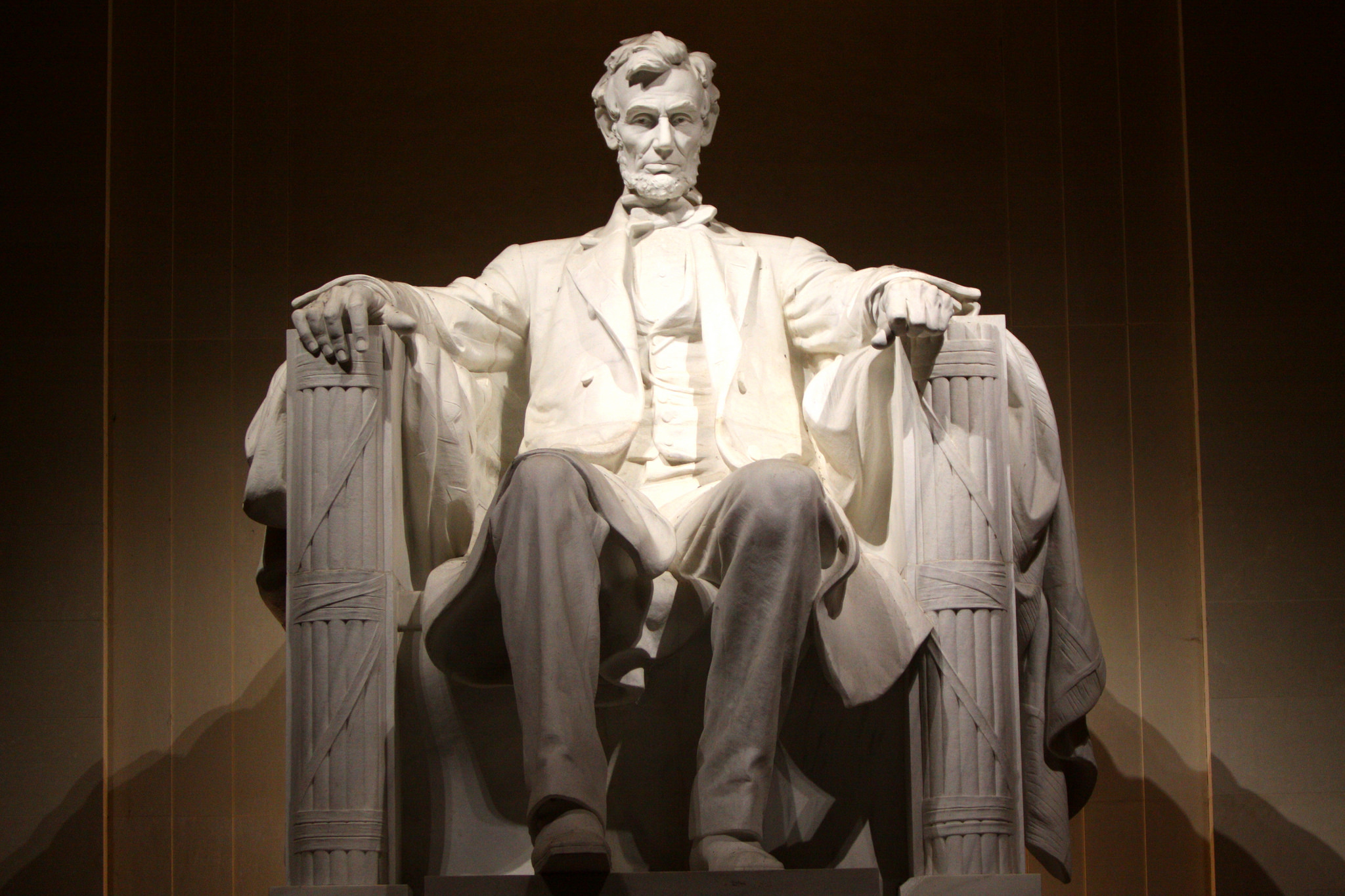What Does It Mean When President Trump Takes Executive Actions?
By:
In his first few days in office, President Donald Trump has signed a range of executive documents designed to implement his campaign promises.
 AP/Pablo Martinez Monsivais - apimages.com
AP/Pablo Martinez Monsivais - apimages.com
While terms like executive order and executive action are used interchangeably, they actually have very different meanings, with different legal repercussions.
Trump has signed a number of documents in his first days in office, but just four are executive orders. These are orders to build the border wall, lay down new rules on sanctuary cities, expedite environmental reviews, and "minimize the economic burden" of the Affordable Care Act.
Everything else, from the restarting of the Keystone and Dakota Access Pipelines to withdrawing from the Trans-Pacific Partnership, was accomplished through an "executive memoranda."
So, what's the difference?
An executive order is a numbered, archived, legally binding directive from the President of the United States. The Constitution empowers the chief executive to issue such orders, and every president (other than William Henry Harrison, who died after a month) has issued at least one.
They aren't a substitute for laws, but can create policy when Congress can't or won't act. Executive orders have been used to launch some of the most important and controversial actions in American history, including the Emancipation Proclamation, the founding of the Manhattan Project to build the atomic bomb, the desegregation of the Armed Forces, the interning of Japanese Americans, and opening the Warren Commission, which investigation the assassination of President John F. Kennedy.
 Flickr / Gage Skidmore - flickr.com
Flickr / Gage Skidmore - flickr.com
While they often depend on further legislation, such as appropriations from Congress, they have the full weight of the Constitution supporting them. They also can only be amended or canceled by another executive order, except in rare cases where the Supreme Court has overturned them.
Below the executive order is the executive action, which is a non-binding directive that a president might use to advance policies that they can't actually turn into laws because of a hostile legislature.
President Barack Obama was the first to make wide-ranging use of executive actions, and took criticism for employing them as a work-around for a non-cooperative Congress. The two dozen policies Obama signed in the wake of the Sandy Hook shooting to strengthen mental health and reduce gun violence were all executive actions. His changes to immigration policy in 2014, including expansion of the controversial Deferred Action for Childhood Arrivals plan, came through executive actions, too.
The executive memorandum (also called a presidential memorandum), which Obama also used extensively, and which Trump has already employed, is very similar to an executive order. But it has a more limited scope, and usually applies to just one agency. Trump's orders to freeze federal hiring and to restart building the Dakota Access Pipeline were actually executive memoranda, as were Obama's directive normalizing relations with Cuba. They're un-numbered, are exempt from many cost reporting rules, and most aren't published.
Finally, there's the presidential proclamation, which doesn't have legal standing unless authorized by Congress or previous law. Some are purely ceremonial, such as the honoring of various groups or observance of national holidays. But others, such as pardons, declarations of disaster areas, or the use of land for national monuments are important tools a president can use.
They can be as consequential as President Gerald Ford's pardon of Richard Nixon and President George Washington's declaration of neutrality in the Napoleonic Wars 1793, or as meaningless as President Ronald Reagan's declaration of National Catfish Day in 1987. Among Trump's first actions in office was to sign a presidential proclamation calling his inauguration day a "national day of patriotism." He also declared "National School Choice Week" from January 22-28.
While it's typical for presidents to begin their term by signing executive orders that put their own stamp on the office, the wave of speedy signings has created concerns that the orders aren't being reviewed by government agencies, are open to legal challenges, and might clash with existing policies.
For example, after Trump's memoranda to restart the Keystone XL pipeline was signed, industry officials were concerned that it might conflict with a $15 billion legal claim being filed by pipeline builder TransCanada.
